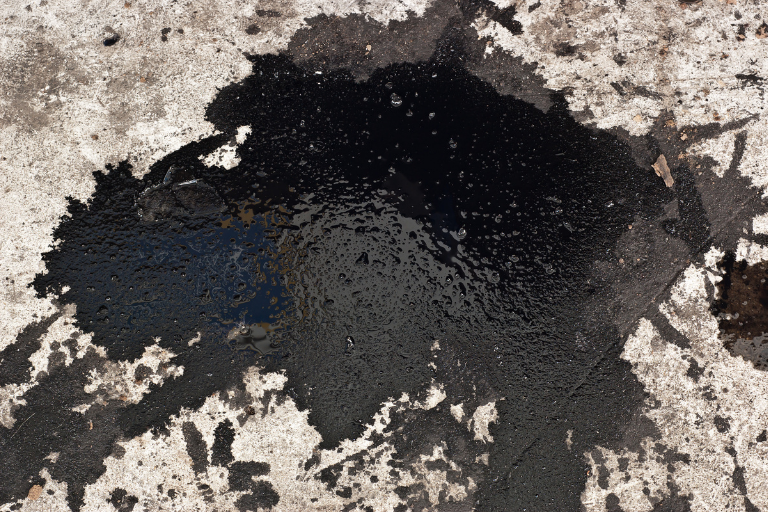6 Effective Methods To Remove Stains From Concrete Surfaces

How to remove stains on concrete? It can be challenging, but it's essential for maintaining the appearance and longevity of your surfaces, especially when dealing with the best concrete for your driveway. Here are six methods on how to remove stains on concrete along with their potential drawbacks.
1. Soap and Water for Light Stains
For light, non-greasy stains, a mixture of soap and water can be effective. Scrub the stain with a brush and rinse thoroughly. However, this method may not be strong enough for tougher stains like oil or rust, and excessive scrubbing can cause surface wear over time.
2. Using Commercial Concrete Cleaners
Commercial cleaners designed for concrete can tackle a variety of stains. They are formulated to break down oils, grease, and other tough substances. The downside is that these cleaners often contain harsh chemicals that can be harmful to the environment and may require protective gear during application.
3. Vinegar for Natural Cleaning
Vinegar is a natural alternative for stain removal, effective on mildew or mold stains. Apply it directly to the stain, let it sit, and then scrub. The acidity in vinegar, however, can etch the concrete surface if left on for too long, and its effectiveness is limited on heavy, set-in stains.
4. Pressure Washing for Deep Cleaning
Pressure washing can be effective for removing surface-level stains and grime. However, if not done correctly, it can damage the concrete by eroding the surface. This method also uses a lot of water and may not remove deeply embedded stains.
5. Bleach for Stubborn Stains
Bleach can be used for tough stains and to remove mold or mildew. However, bleach can discolor concrete and harm surrounding vegetation. It's also hazardous to health if inhaled and requires careful handling.
6. Poultice for Oil and Grease
A poultice made from absorbent materials and a solvent can draw out oil and grease stains. While effective, this method can be time-consuming, as it requires the poultice to sit for an extended period. It may also leave a residue that needs additional cleaning.
The Dangers of Salt and Chloride-Based Ice Melts
Using salt and chloride-based ice melts on concrete driveways can lead to surface deterioration and exacerbate stain issues. These materials can cause pitting and increase the porosity of the concrete, making it more prone to staining.
Safe Paw: A Safer Alternative for Driveway Care
When considering the best concrete for your driveway, it's crucial to use products that won't cause damage. Safe Paw is an excellent ice melt alternative that is chloride-free and toxin-free, reducing the risk of concrete damage and stains. Its non-corrosive nature protects your driveway, ensuring it remains in the best condition through all seasons.
Conclusion
Understanding how to remove stains on concrete is key to maintaining your driveway's appearance and durability. While each method has its drawbacks, choosing the right approach based on the type of stain is crucial. Additionally, preventing concrete damage from harsh ice melts by using products like Safe Paw can save time and effort in maintaining your driveway's pristine condition.
Comments
Post a Comment